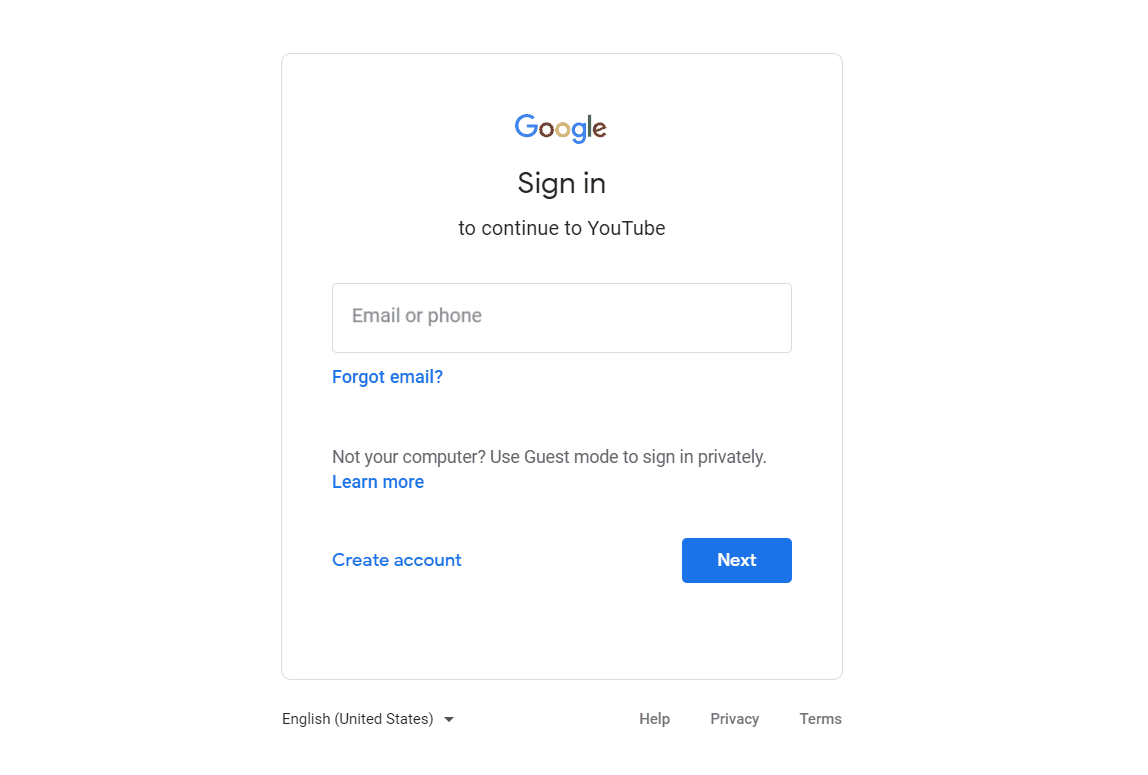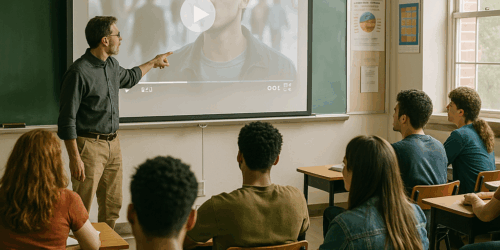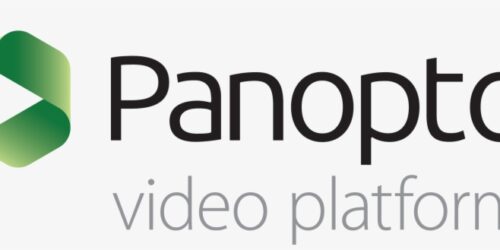
Upload, Caption, and Share Videos
What do you do with videos once you have them? Upload your videos to either Microsoft Stream or a YouTube channel to share it with students and colleagues.
The below tutorials shows you how to access Microsoft Stream or create a YouTube channel to automatically caption your videos, and to be able to share links in your courses.
In Panopto
Panopto is fully licensed for your use at Conestoga. Start by adding a Panopto folder to your eConestoga course.
Then, upload video files. You can bring over any videos you’ve made or hosted elsewhere.
In Microsoft Stream
This video will help you upload a video to Stream, modify the auto-captions, and get a shareable link to post in your course or share with your students.
You can also upload videos right from your phone, using the Microsoft Stream mobile app. Download it from your device’s app store. Sign in using your Conestoga email.
In YouTube
To start, visit YouTube and create a free account, using your college email. Use a memorable but unique password different than that used for your college sign in. If you’re currently signed in with a personal account, you can sign out, or switch accounts.

To learn how to upload a video and edit captions before sharing, watch the following video.
Share the link to your video in your eConestoga course for learners’ benefit.
You can also upload videos right from your phone, using the YouTube Studio mobile app. Download it from your device’s app store. Make sure to sign in using your newly created Google account built with your Conestoga email.
18 Responses
-
Pingback: Screen Recording – Teaching and Learning
-
Pingback: Remote Teaching FAQs – Teaching and Learning







Hi Jess,
Thanks for the video. I didn’t quite get how to add caption to the video.
Hi Hamid,
You don’t need to add captions to a YouTube video, it will happen automatically. Sometimes they take about 10-15 minutes to generate. While you wait, share the link in your course. I’ll clarify this in the post.
Thanks for preparing the clear directions on this, Jesslyn. I may be referring questions about captioning directly to this link!
More to come, about using Stream as well.
Thanks Jesslyn. Very useful tutorial on using Microsoft stream to auto caption recorded videos.
Hi Jess, how can I close caption Zoom videos?
Hi Fadi, Now all Zoom recordings are captioned by default (Thank you IT!) By recording to the cloud, and sharing the link to your recording right from your Zoom account, students can easily access the recording with closed captions. You can also edit the captions to improve the accuracy.
Jesslyn, I finally tried Microsoft Stream to upload a video and get automatic close captioning. As you promised, it was straightforward! Thanks!
Laura
So glad to hear this simple service worked for you, Laura, it was a favourite of mine, too! You can also use the Stream app on your mobile phone, if you’ve taken a video that way, and it’s just as easy!
Hello Jess,
I noticed a new service is offering captioning with Zoom: https://otter.ai/
I was wondering if you’ve looked into it? It can be used to do real-time captioning of Zoom meetings. One way requires teams, which is $60 a month, (https://blog.otter.ai/zoom/) but I found a free method: https://blog.otter.ai/how-to-transcribe-any-video-meetings-with-otter-ai/
I am not sure if it can be used post-meeting to transcribe the recordings (but I suspect it can).
Does this look like a good option to explore? If so, can you provide a suggestion of how best to use it?
Thank you,
Anthony
Hi Anthony, thanks for sharing this! IT is looking into this, but I do want to point out that, while Zoom doesn’t have live auto-captioning (except as this paid service) Microsoft Teams already has live automatic captions built into it. No need to use this add in. Teams works the same as Zoom, and you can use it with students if auto captioning is something that would support learners. You can sign into Teams through your O365 email, and use the full service for free.
Hi Jesslyn,
How do I make corrections to the closed captions in YouTube? I see minor mistakes in the word forms and use of homonyms.
Hi Lesline,
Here’s a good resource on how to edit captions in YouTube. Very possible, and quite easy! https://support.google.com/youtube/answer/2734705